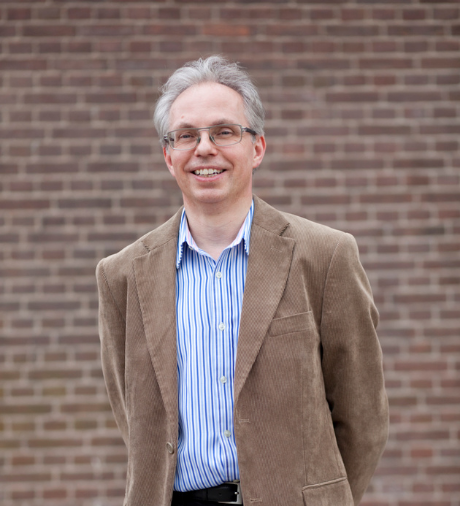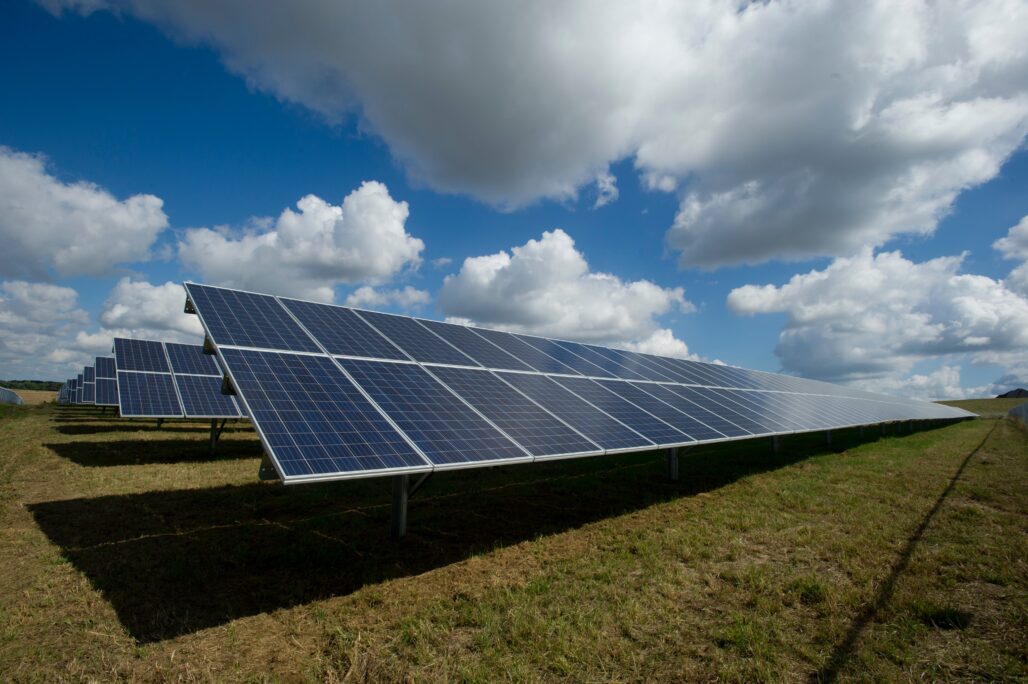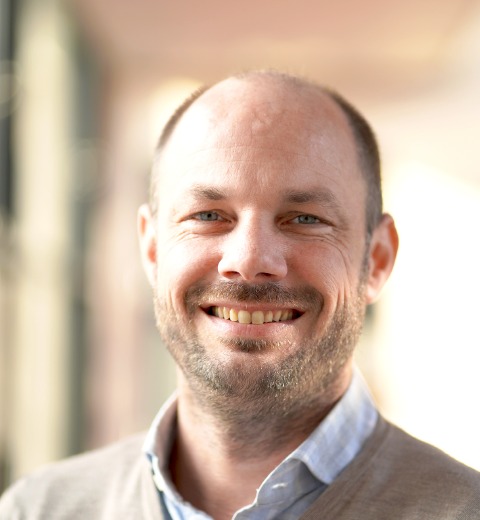Due to covid-19 the Netherlands Process Technology Symposium, that was to be held at the TU Delft this year and organized by TU Delft with support of ISPT, had to be postponed to 2021. But since climate change does not wait, the event is replaced by a series of four webinars in November with the overarching theme of ‘Sustaining the Future’. The first webinar went online on Wednesday November 4 and is focused on energy.
Moderator

Annita
Westenbroek
ISPT
Keynote

Adrie
Huesman
Shell, TU Delft
Solar fuel
The energy webinar is moderated by ISPT’s Annita Westenbroek, who kicks off the webinar by shortly introducing the keynote speaker: professor Adrie Huesman. His research concentrates on new challenges of solar fuel plants. The term solar fuel generally refers to synthetic chemical fuels, produced from solar energy and water, carbon dioxide or nitrogen as raw materials. Examples are methanol, ethylene, hydrocarbons and ammonia.
Huesman starts with the challenges of solar fuel plants. ‘It is often assumed that raw materials and utilities are always available. That is not true for renewable energy, which is only available on an intermittent basis.’ He identifies three important R&D questions: how to frame operation mode selection of a solar fuel plant, how to determine the best operation mode for a solar fuel plant, and which factors determine or influence the operation of a solar fuel plant.
There are two extreme modes of operation that can be foreseen: firstly coupled, wherein the methanol process follows the solar profile, which results into a highly dynamic operation. The other is decoupled: the methanol process runs independent from the solar profile, ‘because somehow the battery storage is capable of maintaining a steady state operation.’ Both extremes have pros and cons. With coupled operation you don’t need a battery storage, you have a higher overall efficiency, and there is no effect round trip efficiency of the battery. The pros of decoupled are the steady state operation, but also a high process equipment utilization, because according to Huesman you don’t need any overdesign. ‘That is not the case with coupled operation, wherein your design capacity needs to be twice your average capacity, because at night you are not producing anything and you have to compensate for that.’

Solution
The problem can be solved by simplifying the solar plant in two steps. The first: view the solar plant as an energy storage ánd conversion network. The second: ‘I can lump the storage and conversion dynamics by using Single Input Single Output energy transfer functions. Then I can form what is known as an optimal control problem. This problem can be solved by using the simultaneous approach.’ Huesman’s next slide shows the result: a diagram of time and hours, that contains the maximum intensity of the sun, the way the methanol process reacts to it, the charge needed in the battery, and the curve on how the methanol tank fills over time. ‘From an economic point of view coupled operation is preferred. But in order to maintain operation in a plant like this you need a substantial battery system. To give you a feel for it: a battery that is twenty-five times bigger than a Tesla battery.’
Huesman ends his presentation with one of the main challenges: how to reduce the cost of solar fuels. He sees three ways to do that. ‘We can look for better materials that increase the efficiency of solar cells. We can also develop a prototype with better integration and intensification. And if we scale up to the highest level we can also benefit from the economic advantages of scaling up, which leads to a reduction in the costs.’
Panel

Niels
Deen
TU Eindhoven

Tim
Offermans
Radboud University Nijmegen

Simon
Jagers
Semiotic Labs
Panel discussion
Huesman joins the panel with Niels Deen (TU Eindhoven), Simon Jagers (Semiotics Lab) and Tim Offermans (Radboud University). They will discuss three multiple choice questions. The first is about the main motivation for the energy transition. Westenbroek asks Offermans if it matters. He thinks it does, because you have to convince the people on the street first. Jagers says that he would have chosen something that is not in the poll, namely the political unrest due to lack of fuels. ‘We just had an election wherein one candidate is vehemently against the energy transition.’ Huesman chooses increasing energy demand due to growing population and wealth. He points out that our part of the world is fortunate, but that isn’t the case for the rest of the world. Deen’s choice is mitigating global warming, which he considers the biggest threat to the Netherlands due to rising sea levels.

“Implementing the technology that is already available is also an imporant option.”
Simon Jagers, Semiotic Labs
The second question concerns the main challenge for the transition. The answers range from citizens not willing to change their habits, the expenses, the intermittency of sources, and lock-in effects. Huesman explains the latter as deciding on a solution early and regret it later. Westenbroek remarks that the high scoring answers all relate to costs. Huesmans adds that the costs of global warming will be much greater. Attendee Kroeze mentions he misses the energy density as one of the poll options. Deen, who specializes in metal fuels, chimes in: ‘The good news about metal fuels is that it is extremely dense. You can store an enormous amount of energy in a very small volume.’
It’s time for the last question about the future energy use of industrial plants. A majority believes that intensifying technologies to make production processes more energy-efficient are most important. It’s also Offermans’ choice: ‘Building new plants is not very good for the environment.’ Deen disagrees, he thinks it is better to decarbonize, ‘because we will run out of fossil fuels.’ He goes with the option to electrify everything. Jagers adds another answer: ‘Implementing the technology that is already available is also an imporant option.’ The final point is made by attendee Peter Daudey: the impossibility of estimating the costs at this time. Westenbroek answers that those depend on what our government is willing to stimulate.
